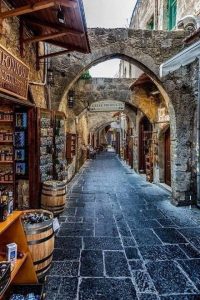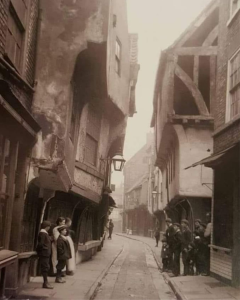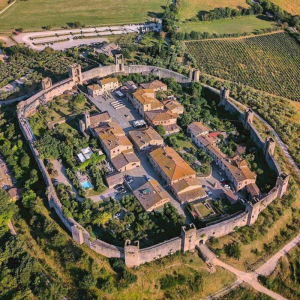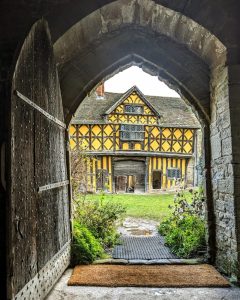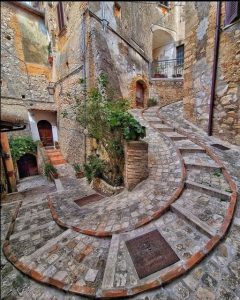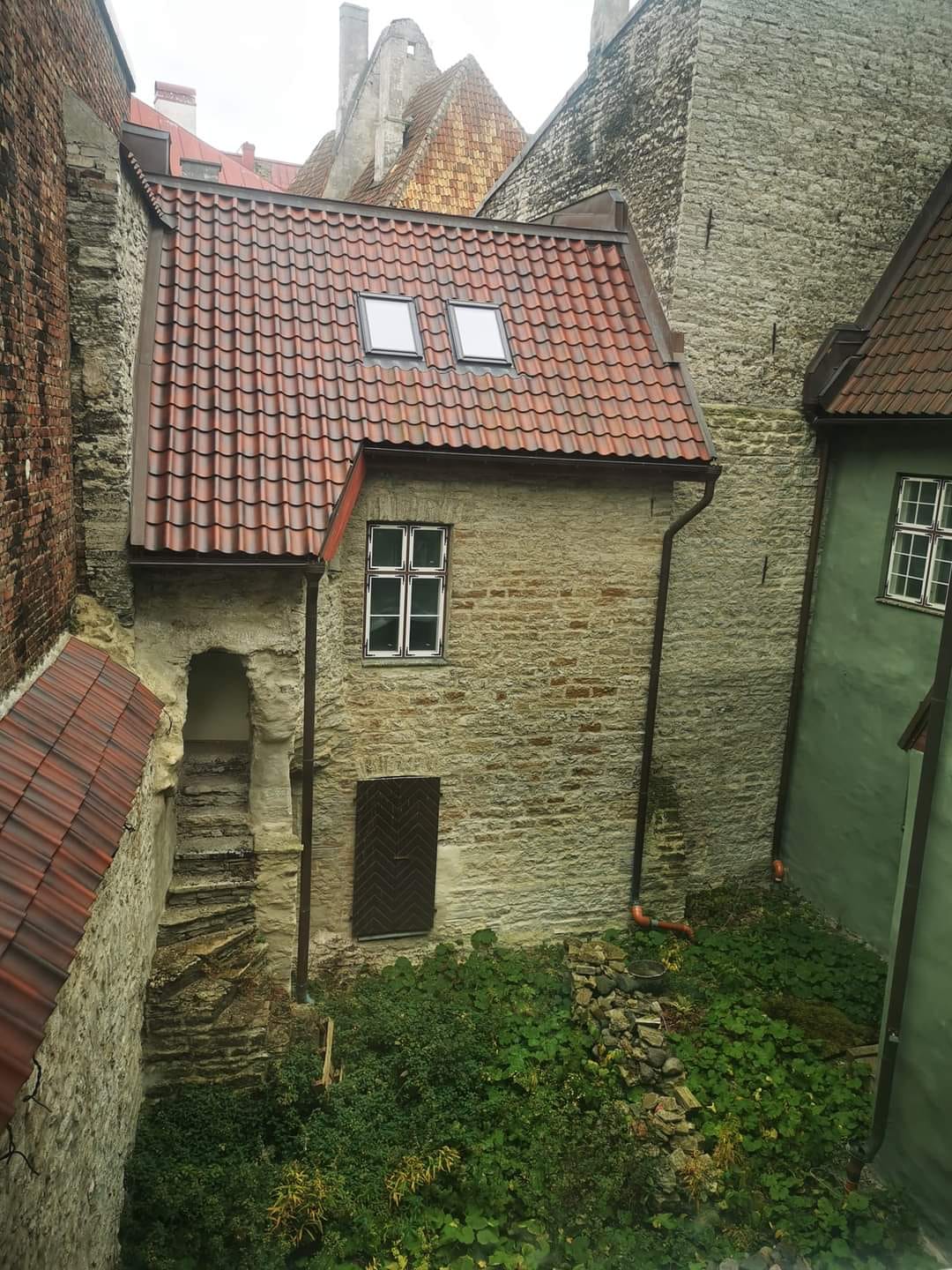
Nestled on the shores of the Baltic Sea, the historical town of Tallinn, Estonia, offers a captivating glimpse into the medieval past of Northern Europe. With its well-preserved city walls, cobbled streets, and towering spires, Tallinn’s Old Town is a treasure trove of medieval architecture and urban planning. In this blog post, we embark on a journey through the streets of Tallinn to uncover the rich architectural heritage of this enchanting city.
A Tapestry of Medieval Masterpieces
As we wander through the narrow streets of Tallinn’s Old Town, we are transported back in time to the medieval era, where fortified walls and imposing towers once stood as symbols of power and prestige. The centerpiece of Tallinn’s medieval architecture is its UNESCO World Heritage-listed Old Town, where Gothic churches, merchant houses, and town halls showcase the city’s rich cultural heritage.
One of the most iconic landmarks in Tallinn is the Alexander Nevsky Cathedral, a striking example of Russian Revival architecture with its onion domes and elaborate façade. Nearby, the Town Hall Square buzzes with activity, surrounded by well-preserved medieval buildings that once served as guildhalls, merchant houses, and municipal offices. The towering spire of St. Olaf’s Church looms overhead, offering panoramic views of the city and the surrounding countryside.
Throughout Tallinn’s Old Town, medieval architecture is seamlessly integrated into everyday life, with centuries-old buildings housing modern cafes, shops, and galleries. The medieval city walls, complete with watchtowers and gates, provide a tangible link to Tallinn’s storied past as a thriving Hanseatic trading hub. Exploring the labyrinthine streets, visitors can admire the intricate stone carvings, ornate doorways, and hidden courtyards that characterize Tallinn’s medieval architecture.
Preserving the Past: The Role of Archaeology
The preservation of Tallinn’s medieval architecture is a testament to the city’s commitment to protecting its cultural heritage for future generations. Archaeologists play a vital role in uncovering the secrets of Tallinn’s past, conducting excavations and research to better understand the city’s history and development. Through their efforts, archaeological sites and artifacts are carefully documented, studied, and preserved, ensuring that Tallinn’s medieval legacy continues to inspire and educate visitors from around the world.
Conclusion: A Journey Through Time
In conclusion, the medieval architecture of Tallinn, Estonia, offers a captivating window into the past, where Gothic spires, fortified walls, and cobblestone streets evoke the grandeur and romance of a bygone era. As one of Europe’s best-preserved medieval cities, Tallinn’s Old Town stands as a living testament to the ingenuity and craftsmanship of generations past. Through careful preservation and ongoing archaeological research, Tallinn’s medieval heritage will continue to enchant and inspire visitors for centuries to come.

